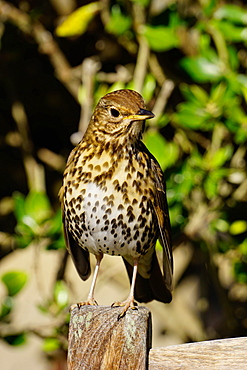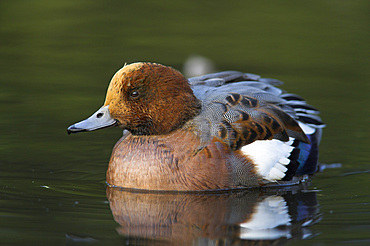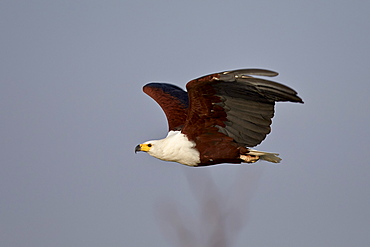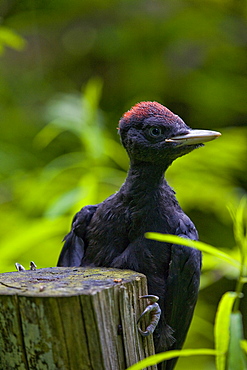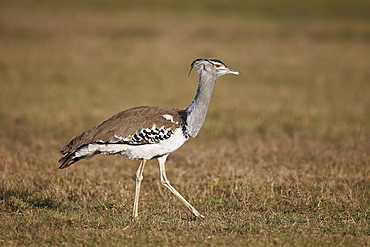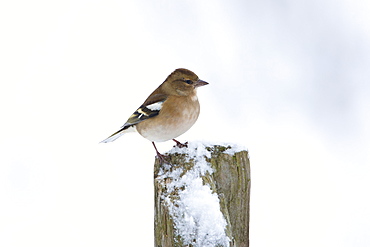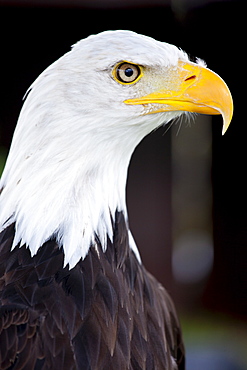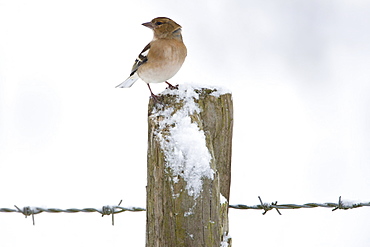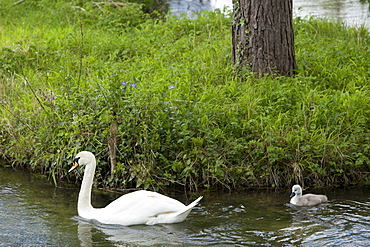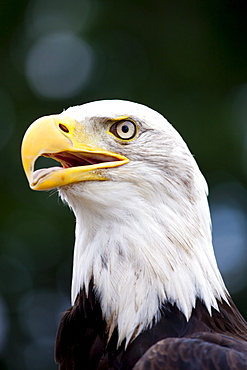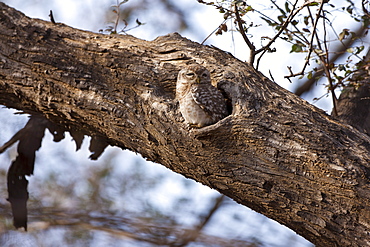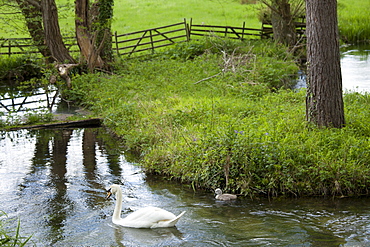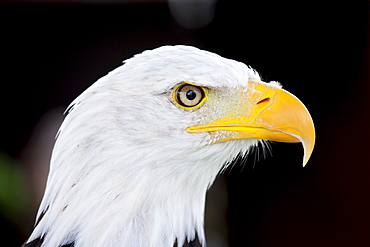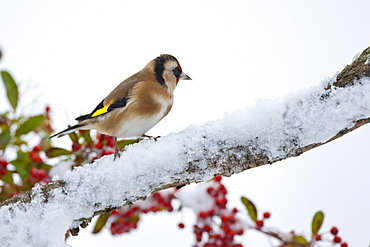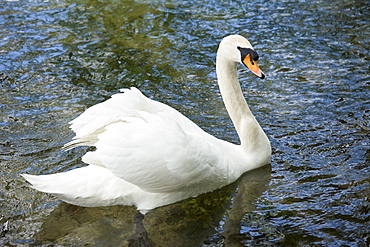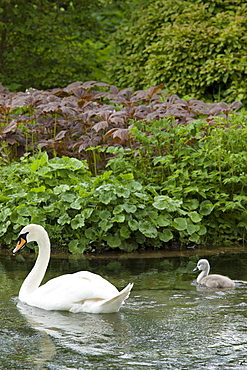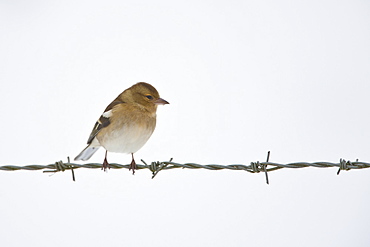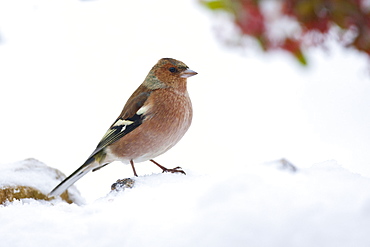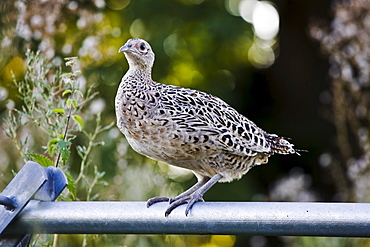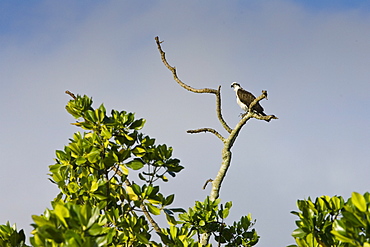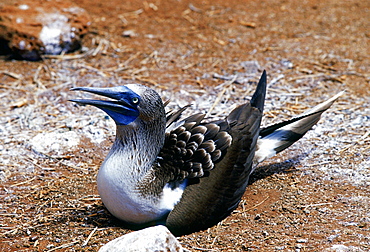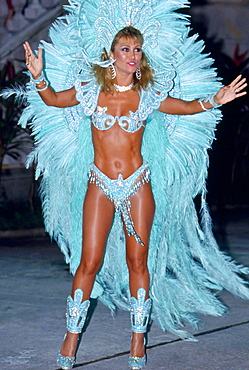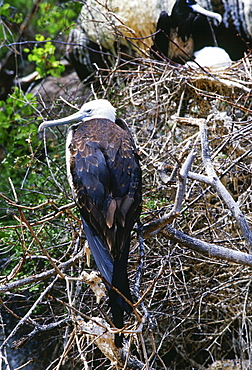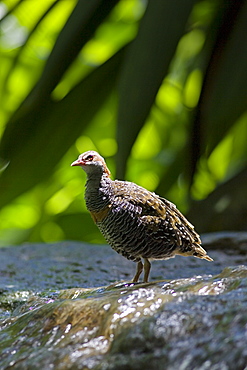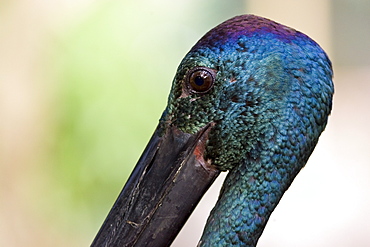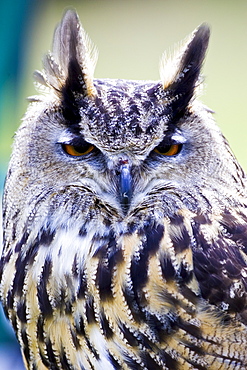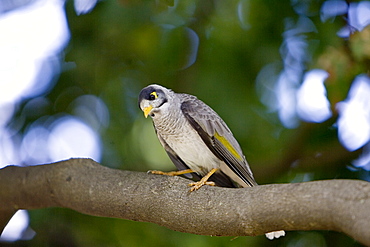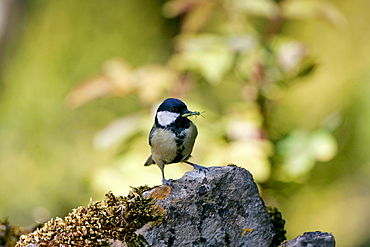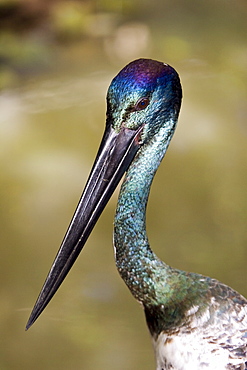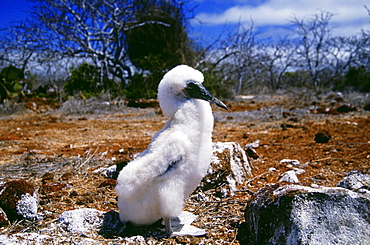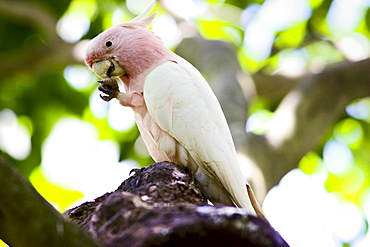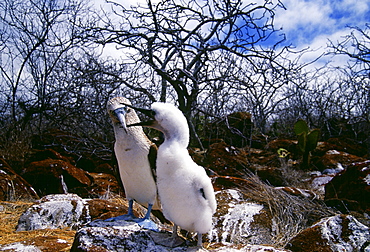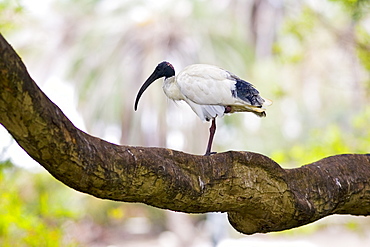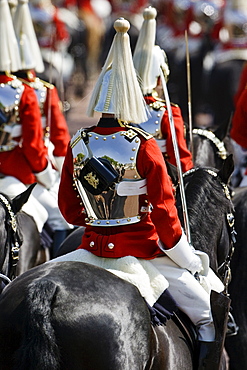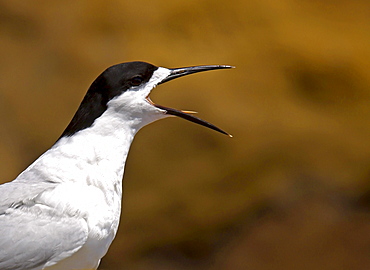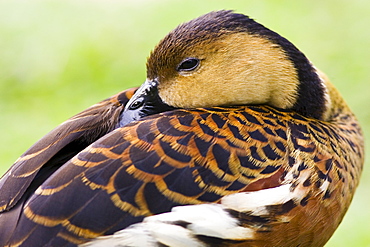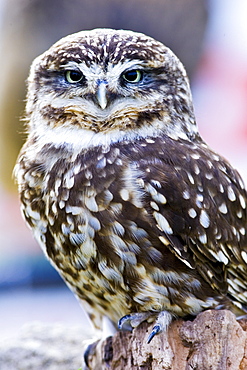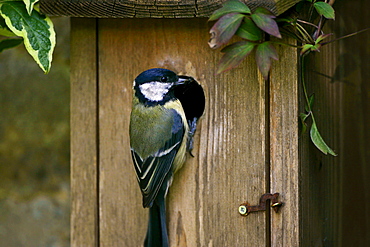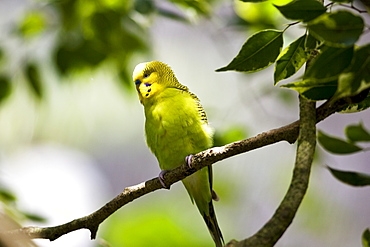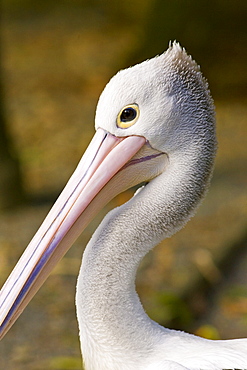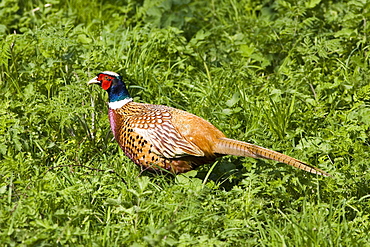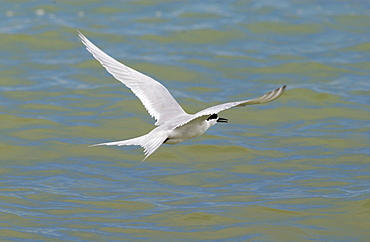Results
« Previous 1 2 3 4 5 Next »
449 results found

Antarctic tern (Sterna vittata) in brash ice near the Antarctic Peninsula, Antarctica, Southern Ocean, Polar Regions
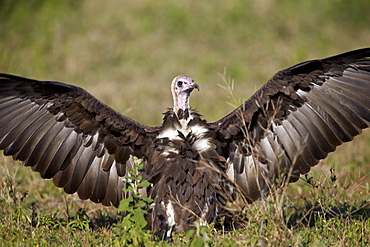
Hooded vulture (Necrosyrtes monachus) with wings spread, Ngorongoro Conservation Area, UNESCO World Heritage Site, Serengeti, Tanzania, East Africa, Africa
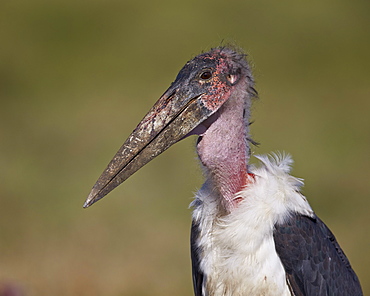
Marabou stork (Leptoptilos crumeniferus), Ngorongoro Conservation Area, UNESCO World Heritage Site, Serengeti, Tanzania, East Africa, Africa
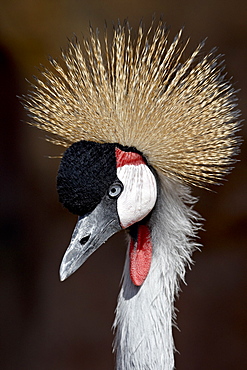
Grey Crowned Crane (Southern Crowned Cran) (Balearica regulorum) in captivity, Denver Zoo, Denver, Colorado, United States of America, North America
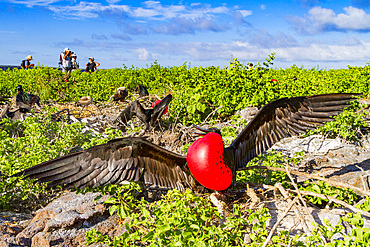
Male Great frigatebird (Fregata minor) in breeding plumage with red gular pouch, on Genovesa (Tower) Island, Galapagos Islands, UNESCO World Heritage Site, Ecuador, South America
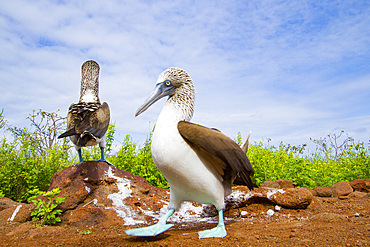
Blue-footed booby (Sula nebouxii) courtship behavior in the Galapagos Island Archipelago, UNESCO World Heritage Site, Ecuador, South America
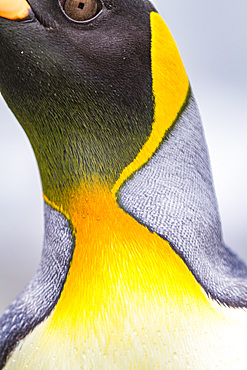
King penguin (Aptenodytes patagonicus) detail at breeding and nesting colony at St. Andrews Bay on South Georgia, Southern Ocean, Polar Regions
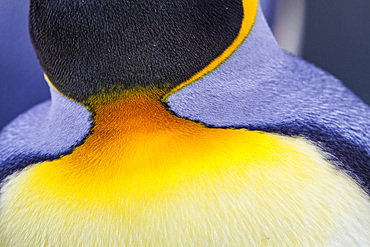
King penguin (Aptenodytes patagonicus) detail at breeding and nesting colony at St. Andrews Bay on South Georgia, Southern Ocean, Polar Regions
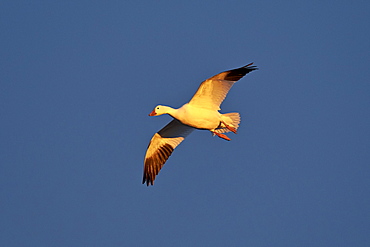
Snow goose (Chen caerulescens) in flight, Bosque del Apache National Wildlife Refuge, New Mexico, United States of America, North America

A flock of eared grebes (Podiceps nigricollis) in non-breeding plumage, Los Islotes, Baja California Sur, Mexico, North America
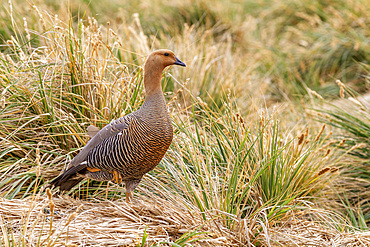
Adult female Magellan goose (upland goose) (Chloephaga picta), on New Island in the Falkland Islands, South Atlantic Ocean, South America
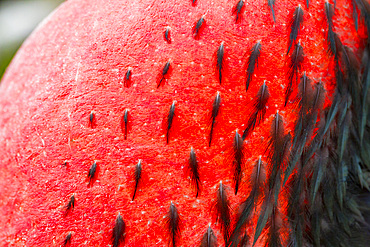
Male Great frigatebird (Fregata minor) in breeding plumage with red gular pouch, on North Seymour Island, Galapagos Islands, UNESCO World Heritage Site, Ecaudor, South America
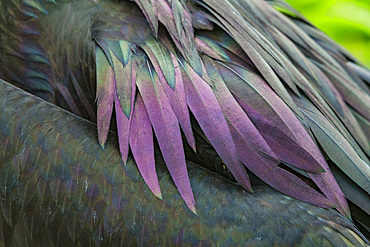
Male Great frigatebird (Fregata minor) in breeding plumage with greenish metalic sheen to feathers) North Seymour Island, Galapagos Islands, UNESCO World Heritage Site, Ecuador, South America
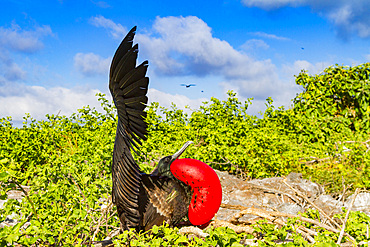
Male Great frigatebird (Fregata minor) in breeding plumage with red gular pouch, on Genovesa (Tower) Island, Galapagos Islands, UNESCO World Heritage Site, Ecuador, South America

An adult female willow ptarmigan (Lagopus lagopus) in summer plumage on the Snaefellsnes Peninsula, Iceland, Polar Regions
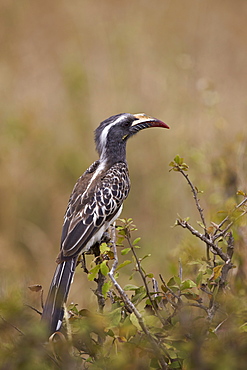
African grey hornbill (African gray hornbill) (Tockus nasutus), female, Serengeti National Park, Tanzania, East Africa, Africa
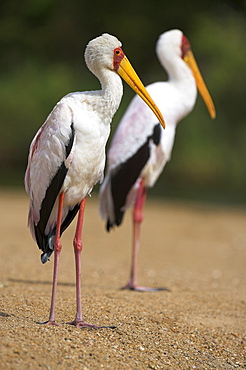
Yellow-billed storks (Mycteria ibis), in breeding plumage on riverbank, Kruger National Park, South Africa, Africa
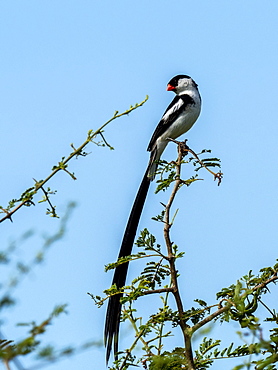
A male pin-tailed whydah (Vidua macroura), in breeding plumage in Tarangire National Park, Tanzania, East Africa, Africa

Brown pelicans (Pelecanus occidentalis) in breeding plumage at Isla Rasita, Baja California, Mexico, North America
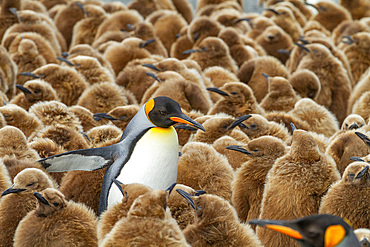
Adult king penguin (Aptenodytes patagonicus) amongst chicks at breeding colony at Gold Harbour, South Georgia Island, Polar Regions
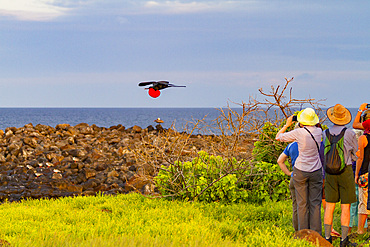
Male Great frigatebird (Fregata minor) in breeding plumage with red gular pouch, on North Seymour Island, Galapagos Islands, UNESCO World Heritage Site, Ecaudor, South America
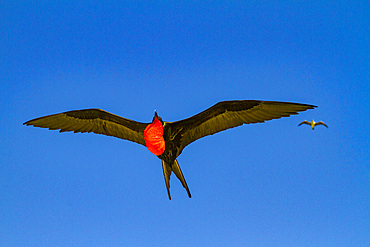
Male Great frigatebird (Fregata minor) in breeding plumage with red gular pouch, on Genovesa (Tower) Island, Galapagos Islands, UNESCO World Heritage Site, Ecuador, South America
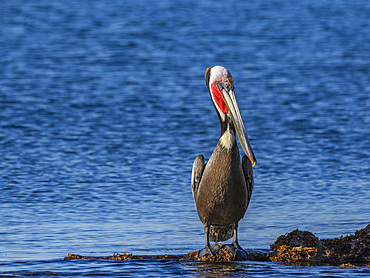
Adult brown pelican (Pelecanus occidentalis), on a small islet near Isla Salsipuedes, Baja California, Mexico, North America
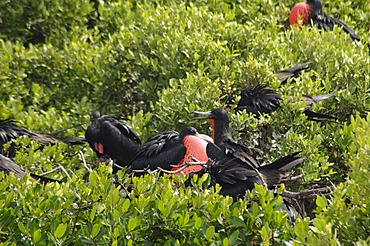
World's largest colony of Frigate Birds (Fregata magnificens) in the lagoon, Barbuda, Antigua and Barbuda, Leeward Islands, West Indies, Caribbean, Central America
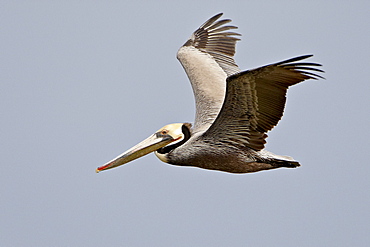
Brown pelican (Pelecanus occidentalis) in flight in partial breeding plumage, Salton Sea, California, United States of America, North America
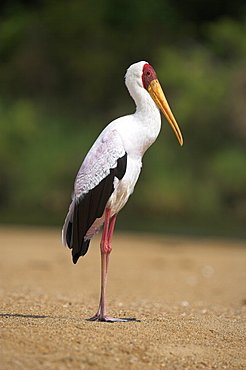
Yellow-billed stork (Mycteria ibis), in breeding plumage, on riverbank, Kruger National Park, South Africa, Africa
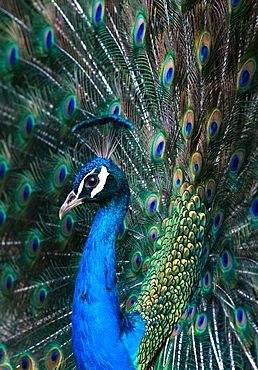
Indian Peacock (Pavo Cristatus) plumage display in the grounds of Barcelona Zoo, Catalonia, Spain, Europe
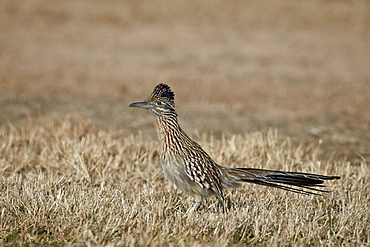
Greater Roadrunner (Geococcyx californianus), Overton Wildlife Management Area, Overton, Nevada, United States of America, North America

Willet (Tringa semipalmata) in breeding plumage stretching its wings, Antelope Island State Park, Utah, United States of America, North America
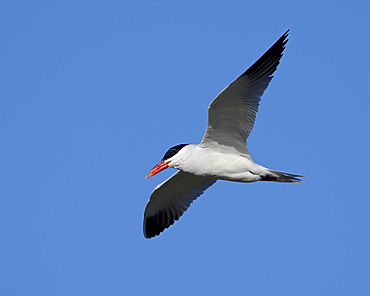
Caspian tern (Sterna caspia) in breeding plumage in flight, Salton Sea, California, United States of America, North America
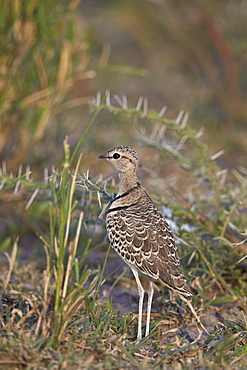
Two-banded courser (double-banded courser) (Rhinoptilus africanus), Ngorongoro Conservation Area, UNESCO World Heritage Site, Serengeti, Tanzania, East Africa, Africa

Peregrine chicks (Falco peregrinus), after being ringed, Northumberland National Park, England, United Kingdom, Europe
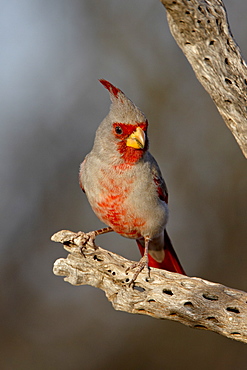
Male pyrrhuloxia (Cardinalis sinuatus), The Pond, Amado, Arizona, United States of America, North America

Great egret (Ardea alba) in breeding plumage, Sonny Bono Salton Sea National Wildlife Refuge, California, United States of America, North America
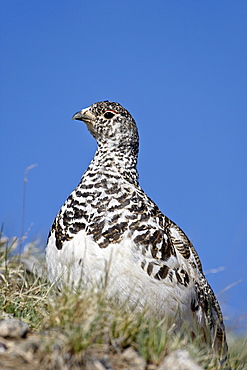
White-Tailed Ptarmigan (Lagopus leucurus) in mixed plumage, Mount Evans, Colorado, United States of America, North America
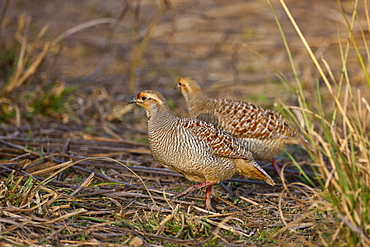
Grey Francolin Partridges, Francolinus pondicerianus, in Ranthambhore National Park, Rajasthan, Northern India
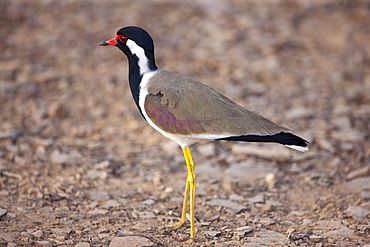
Red Wattled Lapwing, Vanellus indicus, bird in Ranthambhore National Park, Rajasthan, Northern India
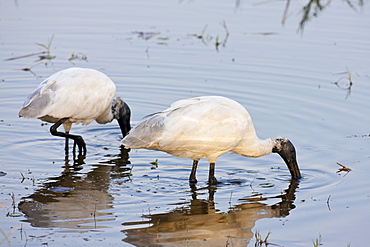
Black-Headed Ibis, Threskiornis melanocephalus, pair feeding in Ranthambhore National Park, Rajasthan, Northern India
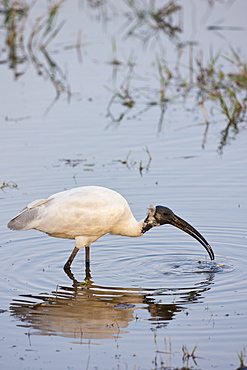
Black-Headed Ibis, Threskiornis melanocephalus, feeding in Ranthambhore National Park, Rajasthan, Northern India
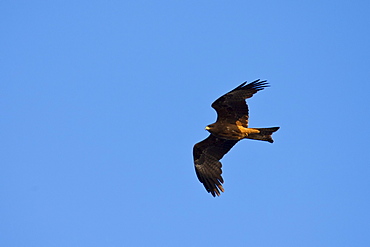
Indian Black Kite raptor bird, Milvus Migrans, in the sky above Lake Pichola in first light of early morning, Udaipur, Rajasthan, India
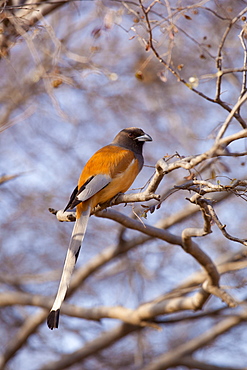
Indian Rufous Treepie, Dendrocitta vagabunda, bird in Ranthambhore National Park, Rajasthan, Northern India
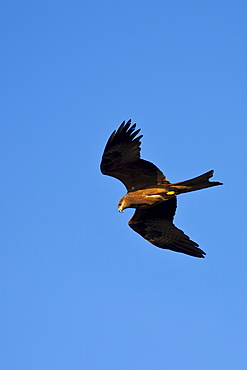
Indian Black Kite raptor bird, Milvus Migrans, in the sky above Lake Pichola in first light of early morning, Udaipur, Rajasthan, India
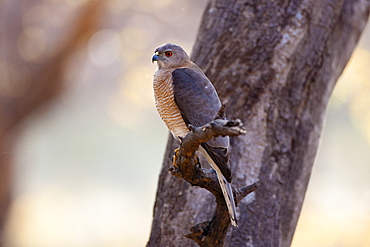
Shikra Hawk bird of prey, Accipiter Badius, in Ranthambhore National Park, Rajasthan, Northern India
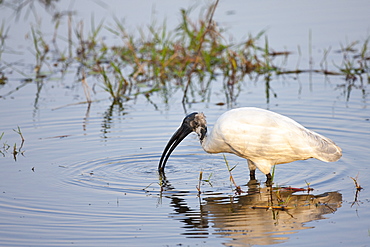
Black-Headed Ibis, Threskiornis melanocephalus, feeding in Ranthambhore National Park, Rajasthan, Northern India
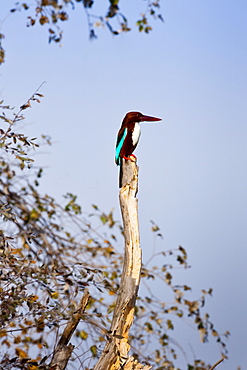
White-Breasted Kingfisher bird, Halcyon smyrnensis, in Ranthambhore National Park, Rajasthan, Northern India

Indian Rufous Treepie, Dendrocitta vagabunda, bird in Ranthambhore National Park, Rajasthan, Northern India
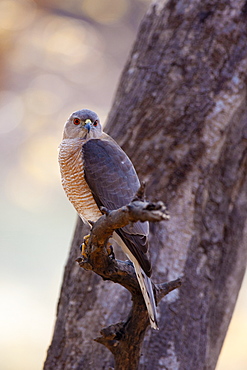
Shikra Hawk bird of prey, Accipiter Badius, in Ranthambhore National Park, Rajasthan, Northern India

